Almanac April 2024
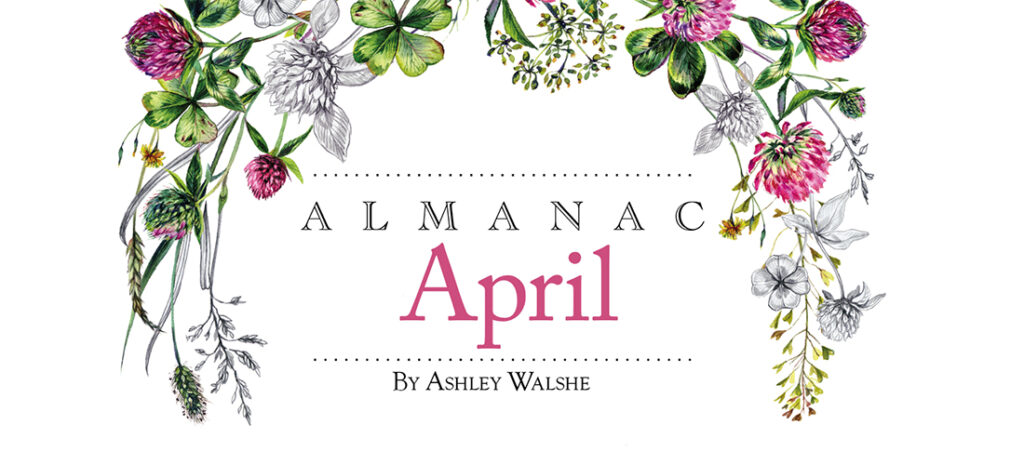
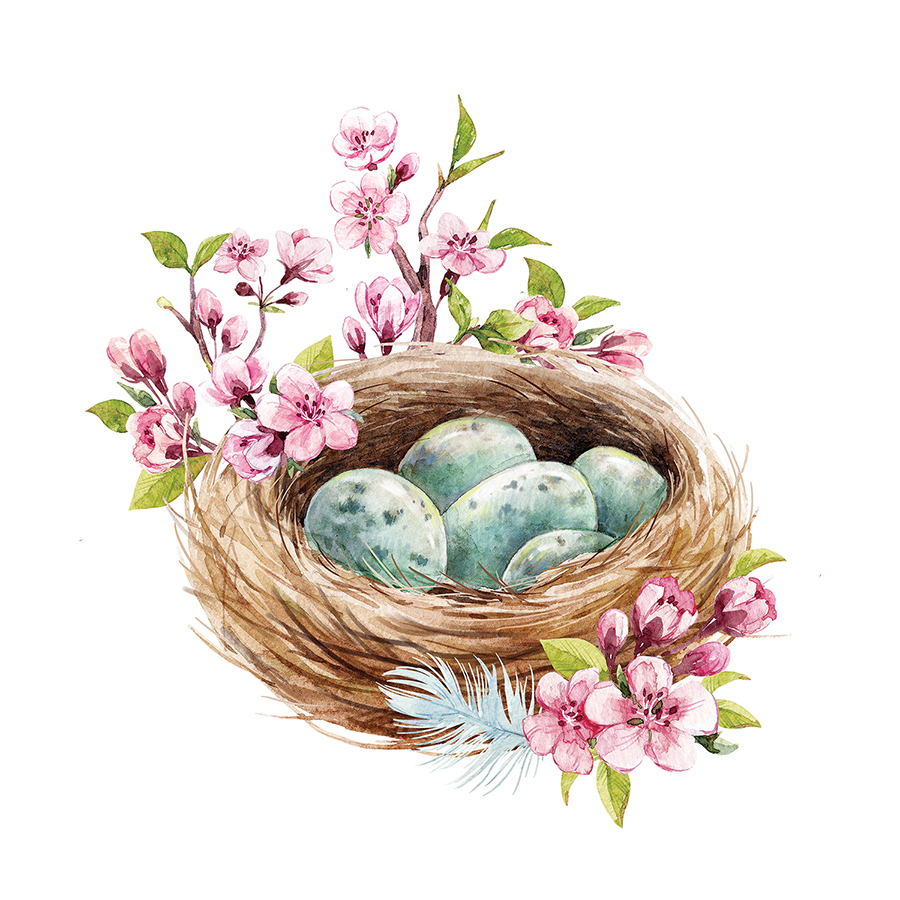 April is a tapestry of sound, rich and delicate.
April is a tapestry of sound, rich and delicate.
Listen.
Coral honeysuckle sings in color, sultry and seductive, calling out to ruby-throated suitors.
Can you hear the whir of tiny wings? The beating heart of hummingbird? The melodious supping of nectar?
Lean in.
Chrysalis whispers of metamorphosis. Wet and crumpled wings. Grueling and glorious expansion.
The rustling of budding trees tells of new life. Fuzzy squirrel kits with just-opened eyes. A clutch of blue eggs, days from hatching.
Chorus frogs swell with rhythmic longing. A swallowtail sails through warm air like a bow across a brightly toned string. Wild violets titter.
One hundred songbirds, yet none are so loud as a single dandelion. The soil? Boisterous.
Don’t you see? Each green leaf is the note of an ever-swelling symphony. When the rat snake sheds his winter skin, a rapturous movement begins.
Whippoorwill is drunk on the splendor of its own name. Bullfrog bellows jug-o-rum! Dogwoods tremor in a cool flash of rain.
As cardinal crafts her cup-shaped nest — a wonder of twigs lined with leaves, grasses, roots and pine needles — she stops to drink in the soundscape.
Each thread has a home in this living anthem, this resonant fabric of spring.
Wild Bloomers
April showers bring mayapple flowers.
Not to be confused with apple blossoms (although the flowers do look similar), Podophyllum peltatum is a native perennial wildflower that thrives in deciduous woodlands. Most commonly called the mayapple or the American mandrake, other nicknames for this April bloomer include Indian apple root, racoonberry, hog apple, ground lemon, duck’s foot, umbrella leaf and devil’s apple.
Rising over a foot above the forest floor, mayapples grow in dense colonies, their distinctive leaves making them relatively easy to spot. Two deeply lobed, umbrella-shaped leaves radiate from the top of the plant’s single stem; a white flower hides beneath the canopy.
While most of the plant is considered toxic (foliage, roots, unripe fruit and seeds), the ripe mayapple fruit is considered a forager’s delight and a favorite summer snack of the Eastern box turtle.
What does the golden fruit taste like? Wild foods bloggers have described it as exotic, sweet-and-tart, citrusy, or, as Adam Haritan of Learn Your Land wrote, “like a mix between pineapple and Starburst candy.” That said, since even the ripe fruit can have a laxative effect, best not to gorge.
Spring has returned. The earth is like a child that knows poems. — Rainer Maria Rilke
Sow the Love
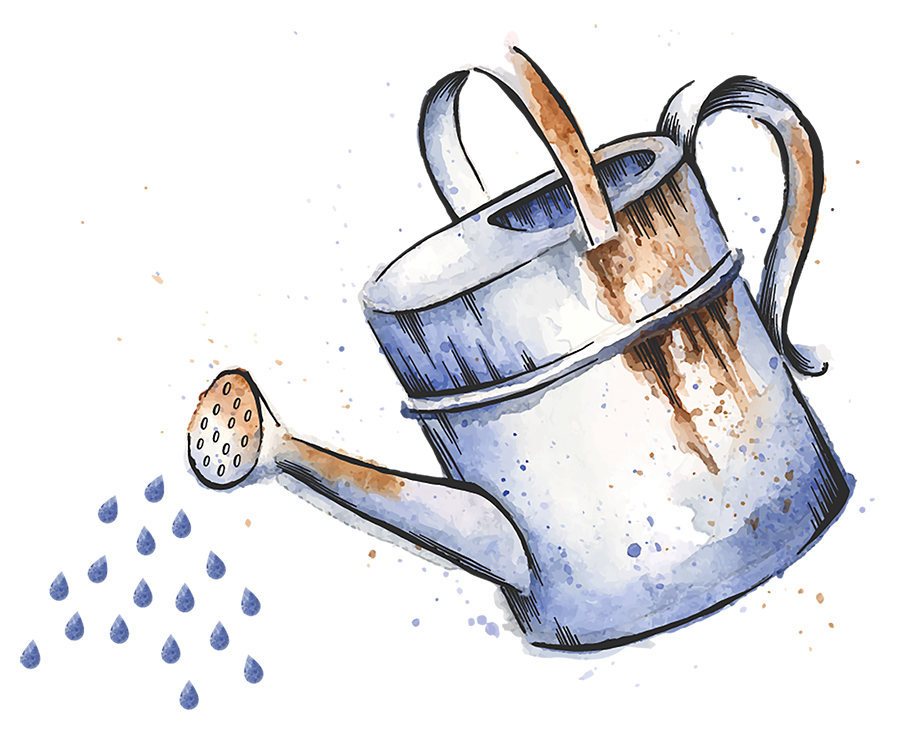 Earth Day is celebrated on Monday, April 22. Make it a garden party. Or, better yet, a garden-planting party.
Earth Day is celebrated on Monday, April 22. Make it a garden party. Or, better yet, a garden-planting party.
The last frost is nigh. Sow your green beans, sweet corn, squash and zucchini. Wait until month’s end to plant cukes, peas and tomatoes. Longer, still, for the frost-sensitives (melons, peppers and eggplant, to name a few).
Invite the pollinators to join you by weaving native plants and wildflowers into the mix. From asters to elderberry and bee balm to dogwood, consider what thrives in your region and start there. The wild ones will thank you. PS

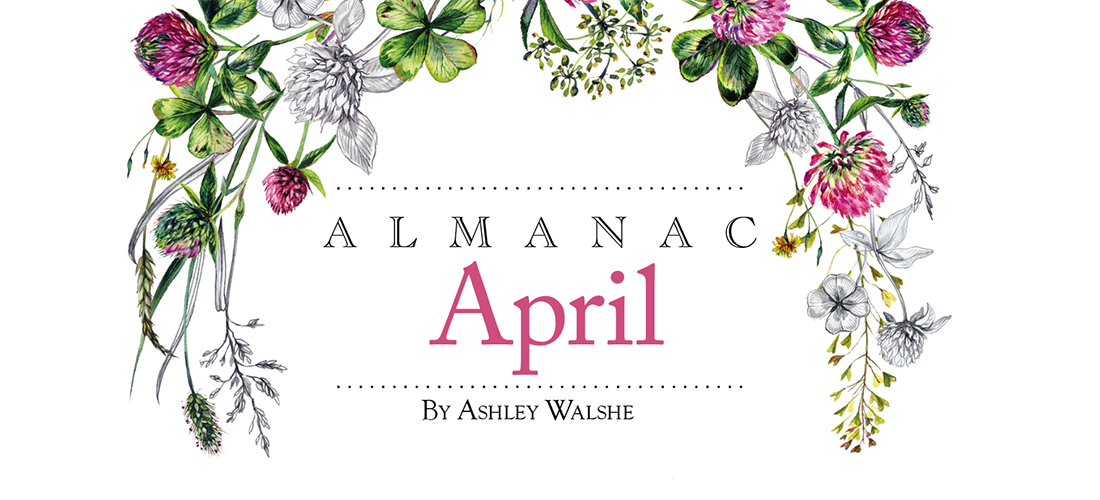
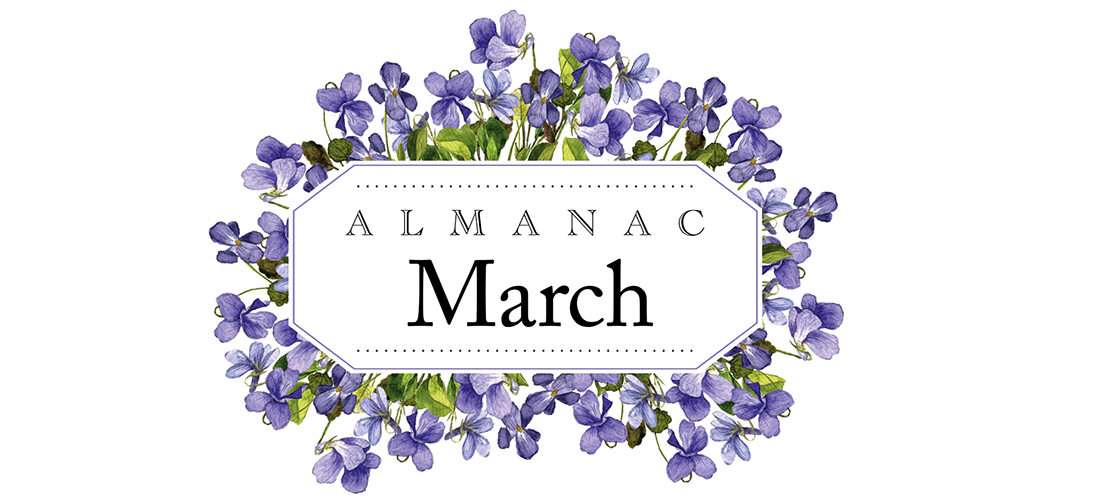
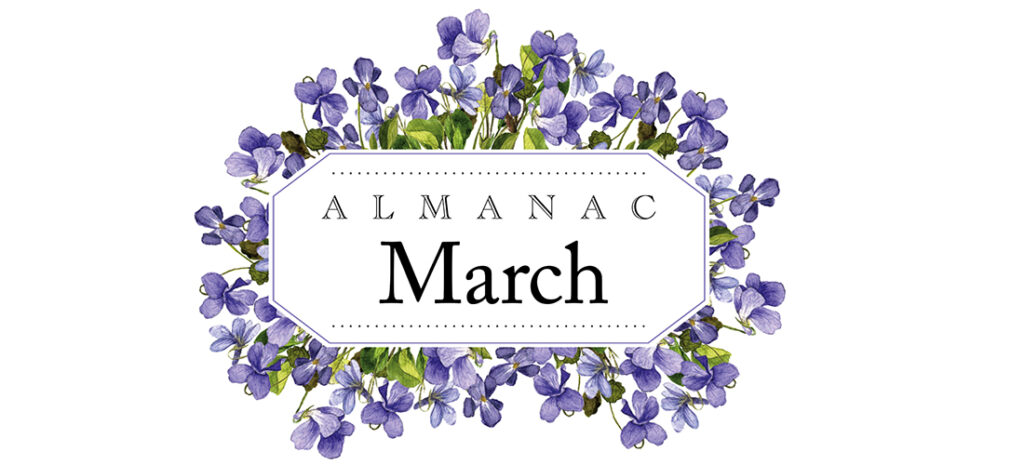
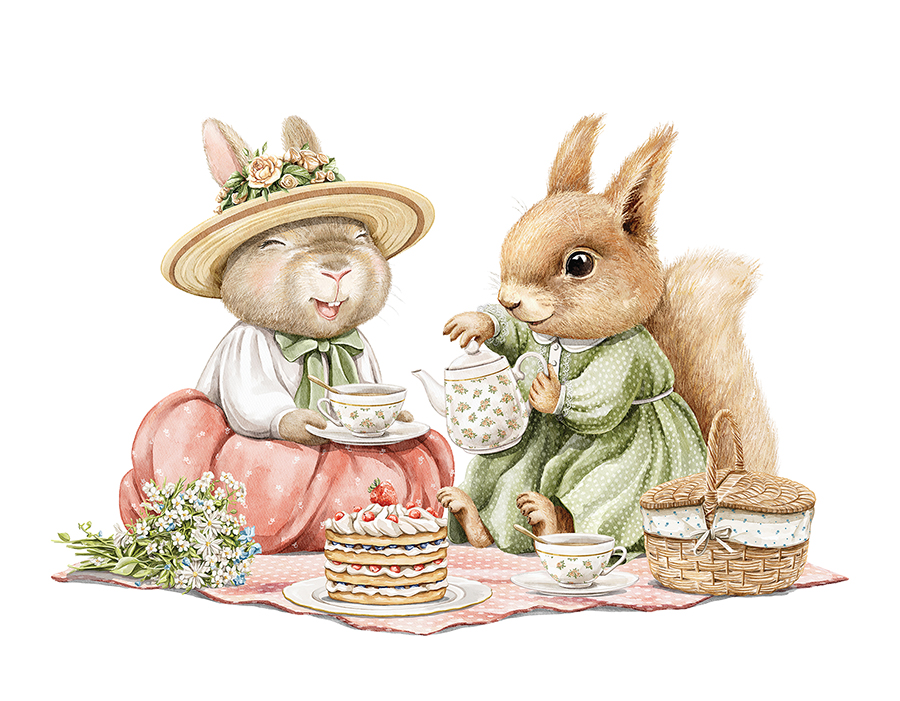 M
M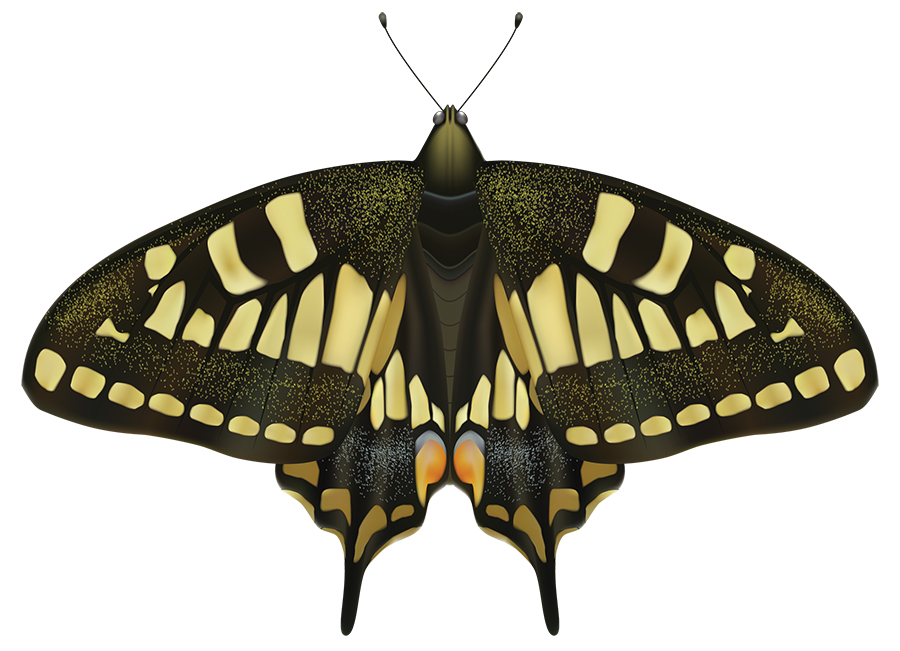 “The first day of spring is one thing,” wrote the late poet and author Henry van Dyke, “and the first spring day is another.” Such is the day that the earliest eastern tiger swallowtail glides across Carolina blue skies.
“The first day of spring is one thing,” wrote the late poet and author Henry van Dyke, “and the first spring day is another.” Such is the day that the earliest eastern tiger swallowtail glides across Carolina blue skies.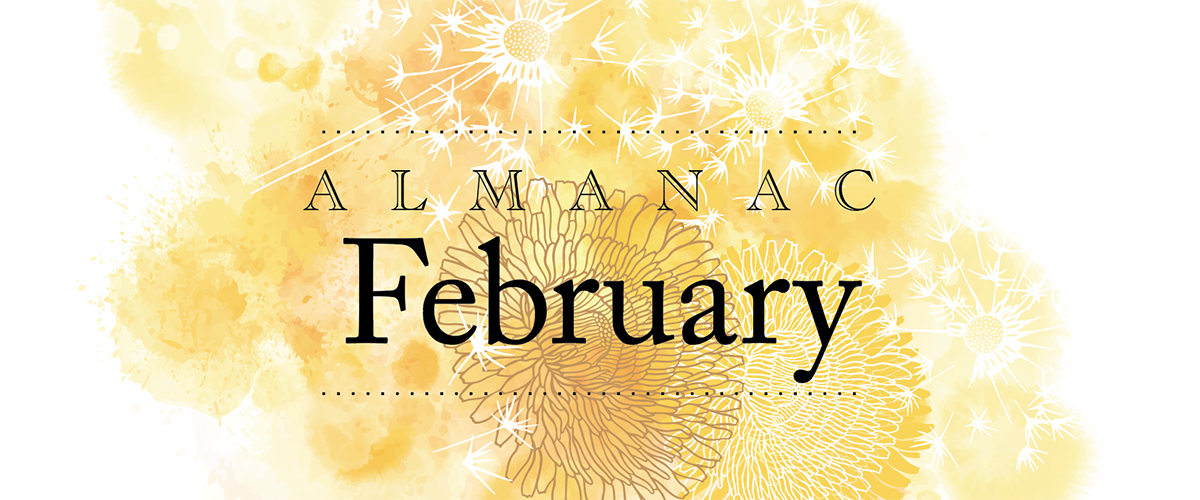
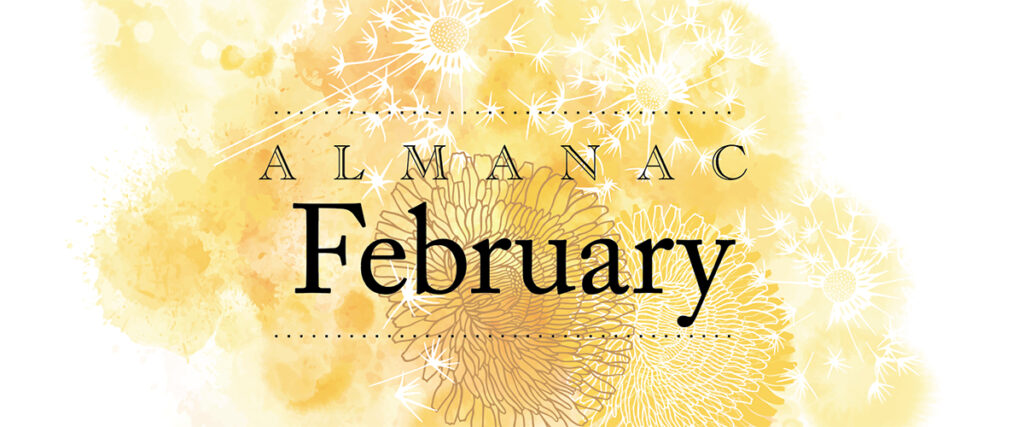
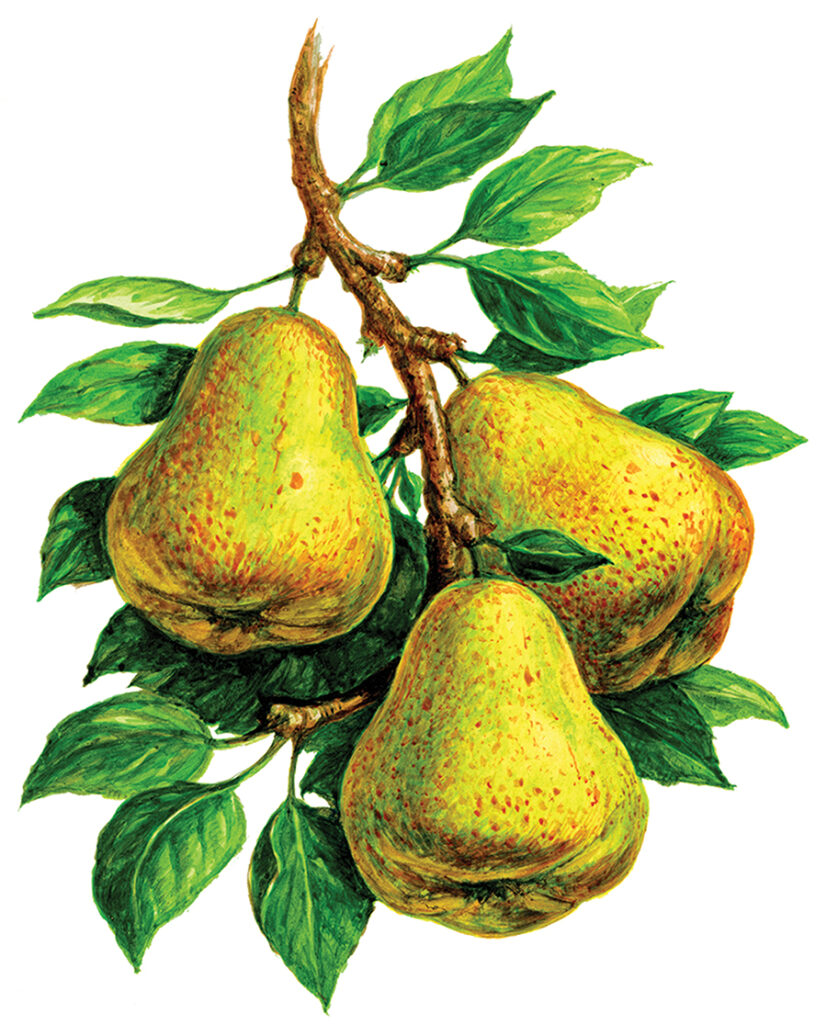
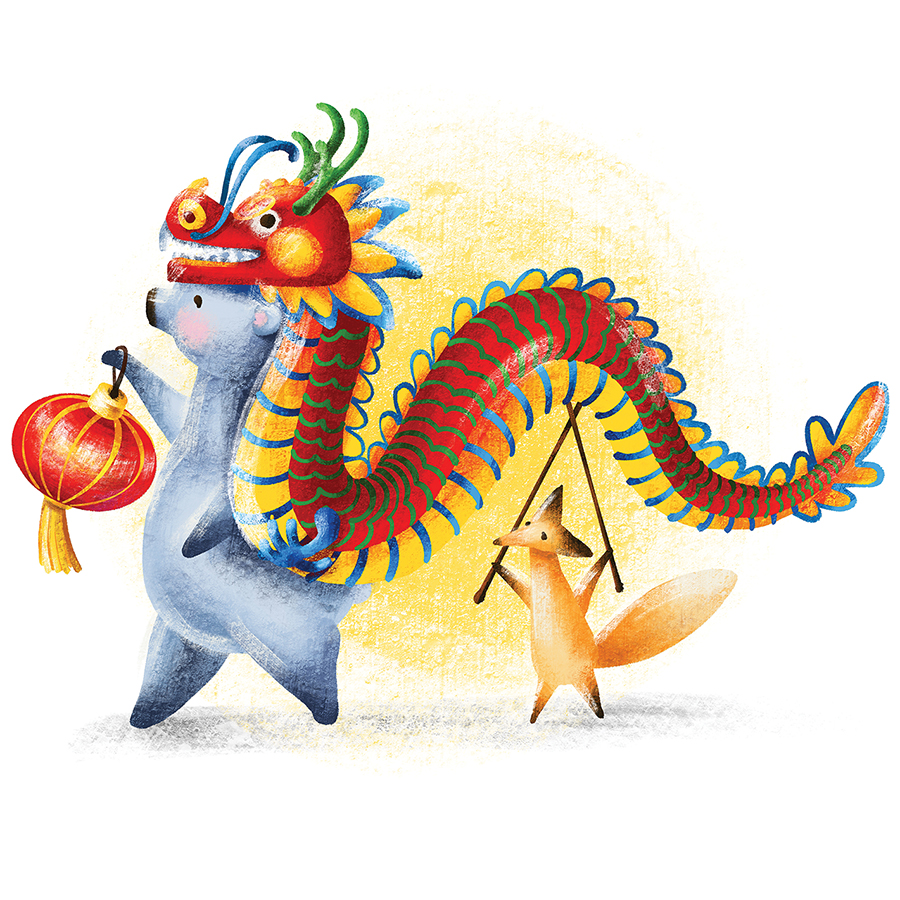 Year of the Dragon
Year of the Dragon 

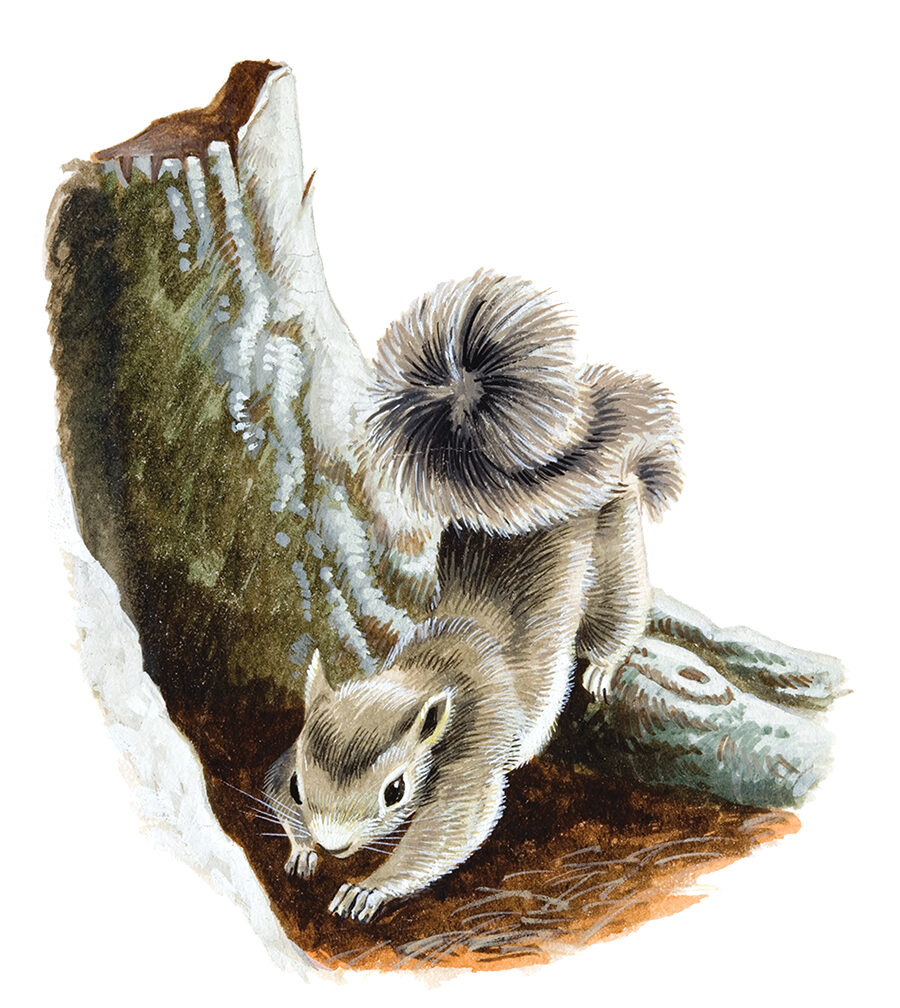 J
J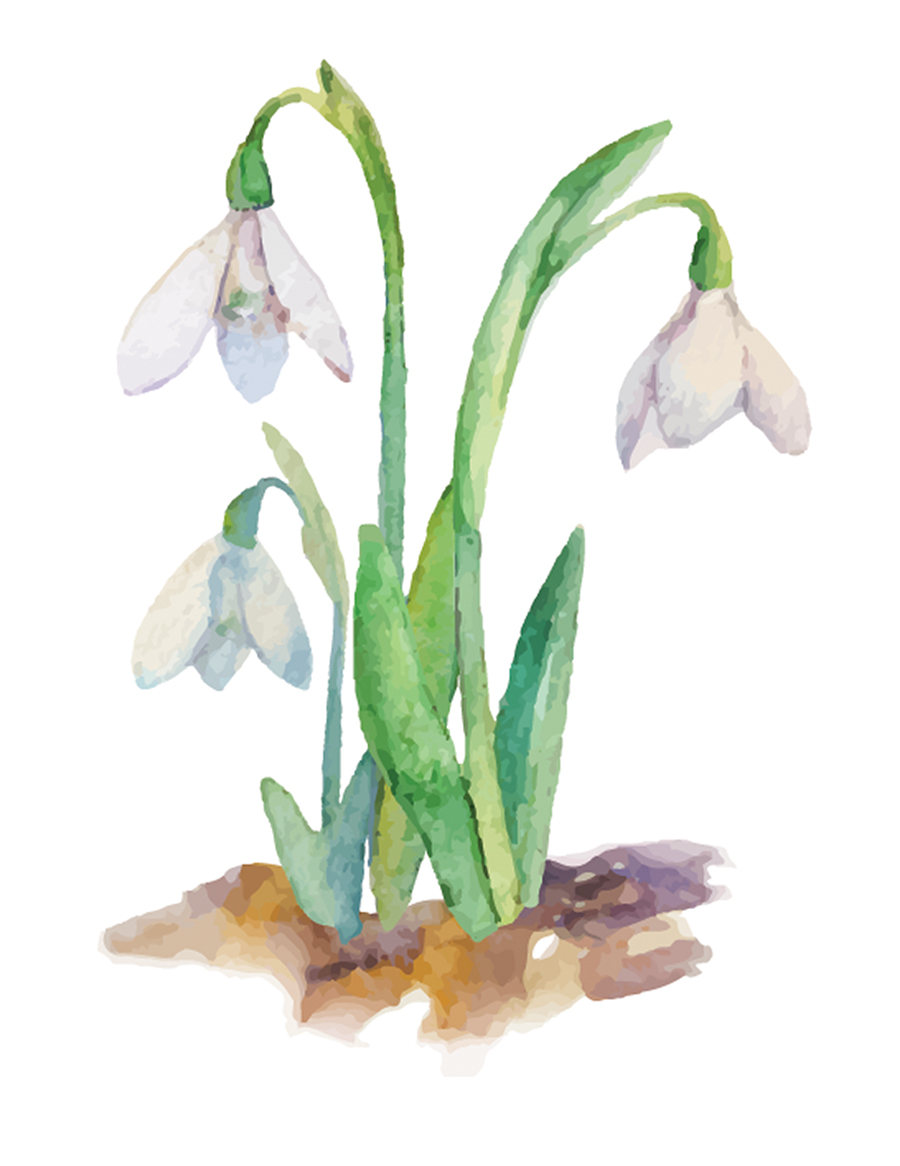 A birth flower of January, the snowdrop’s Latin name translates as “milk flower.” Emerging from a cold and sleeping Earth, the delicate flowers are, in fact, sustenance for the winter-weary, symbolizing purity, hope and new beginnings.
A birth flower of January, the snowdrop’s Latin name translates as “milk flower.” Emerging from a cold and sleeping Earth, the delicate flowers are, in fact, sustenance for the winter-weary, symbolizing purity, hope and new beginnings. 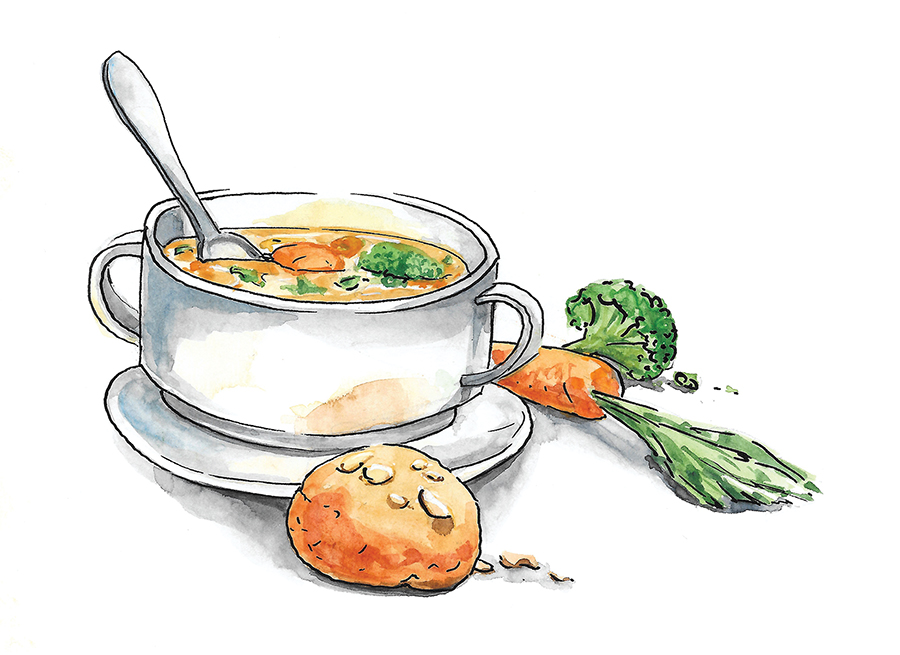
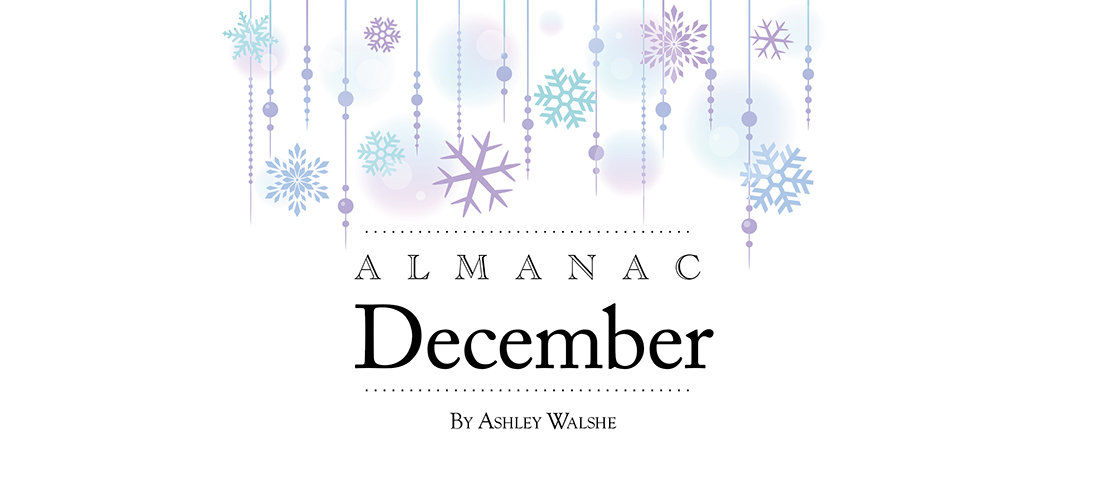

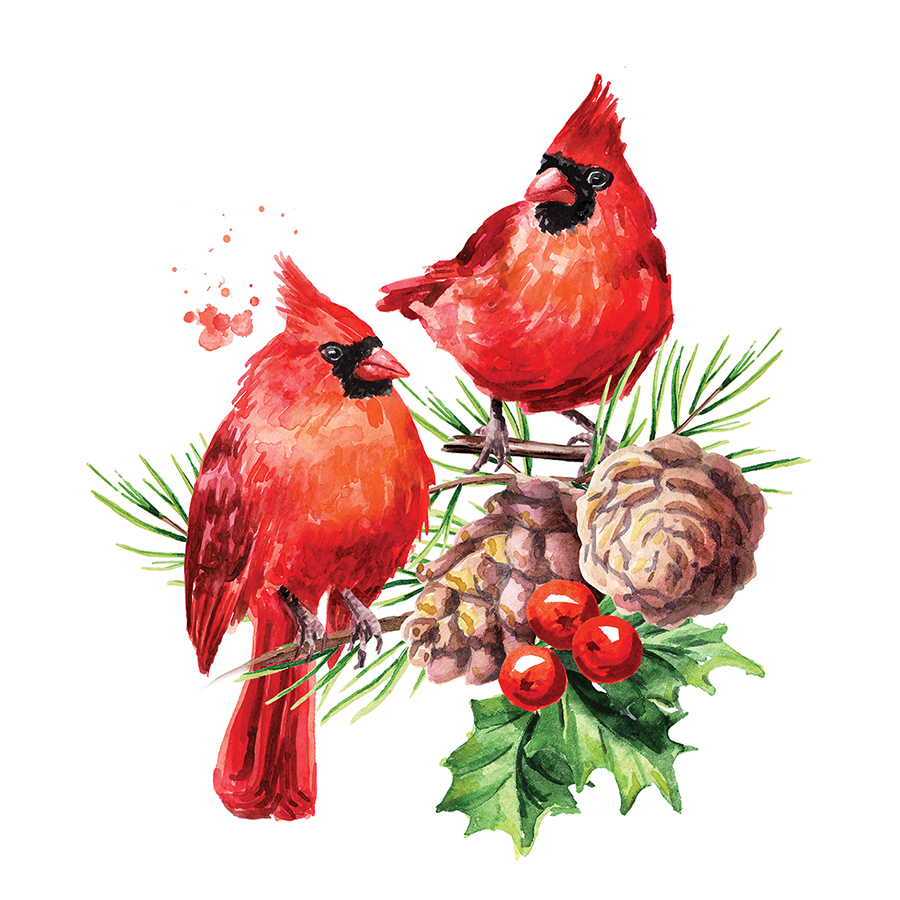 D
D
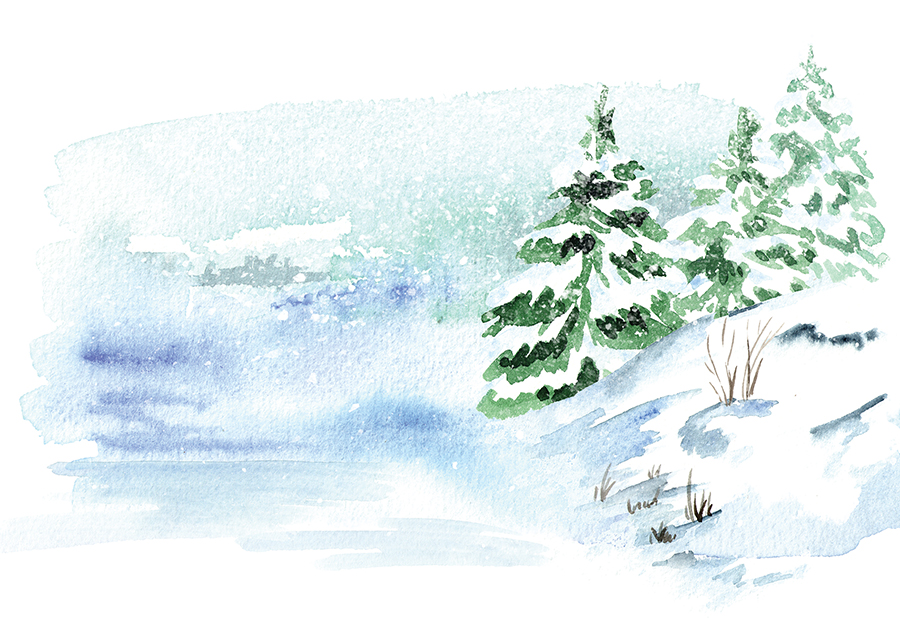
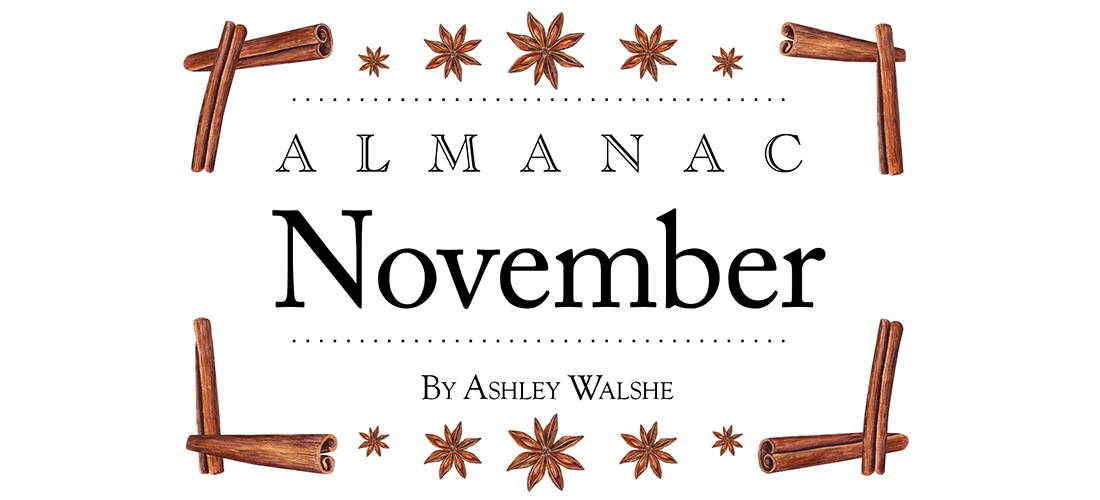
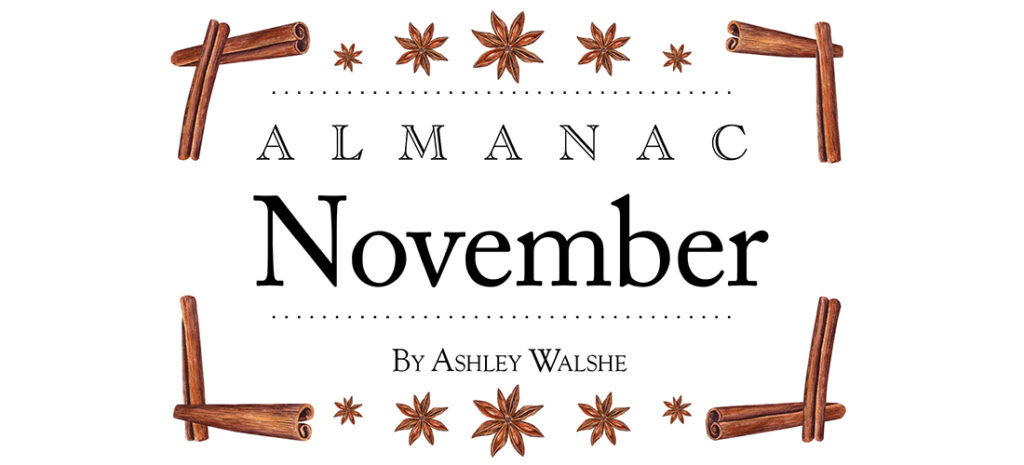
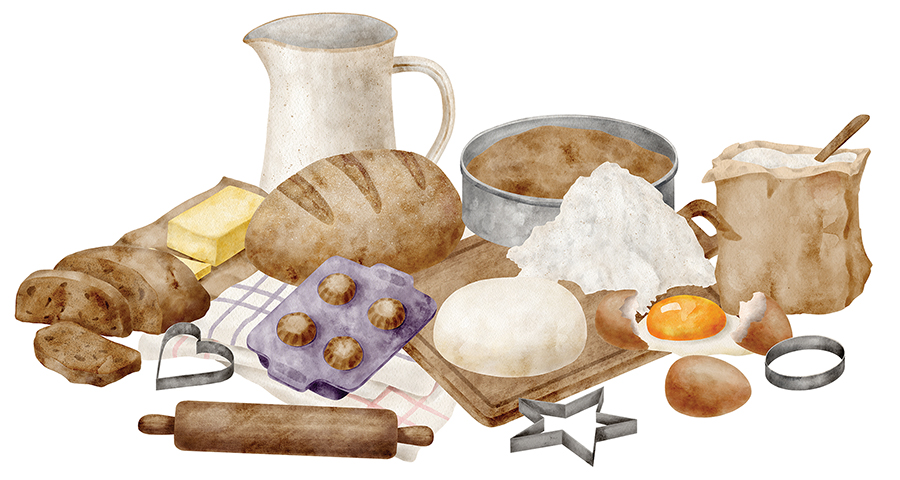 N
N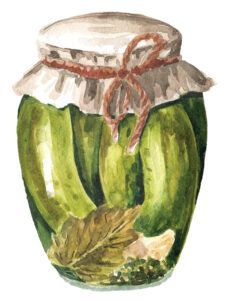 The first frost is nigh. Daylight saving time ends on
The first frost is nigh. Daylight saving time ends on 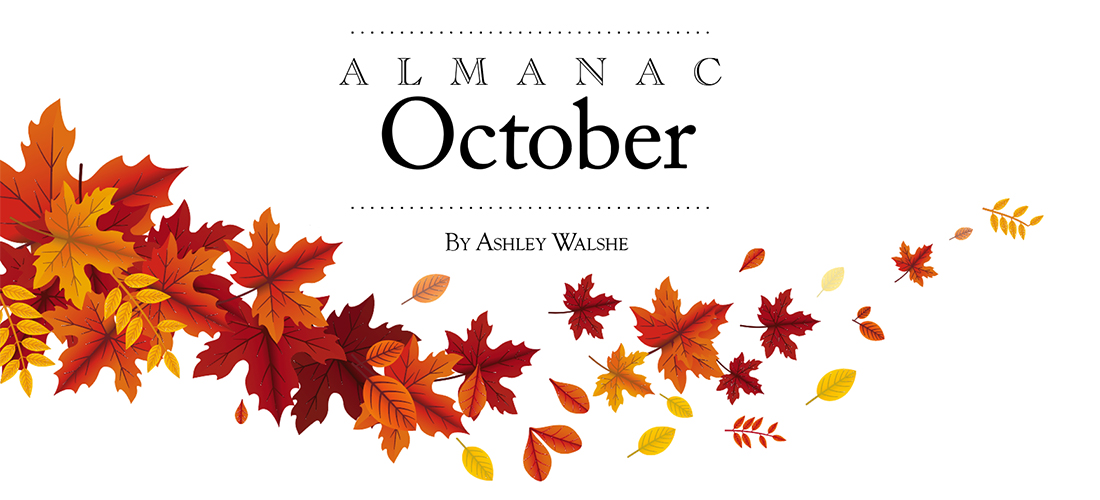
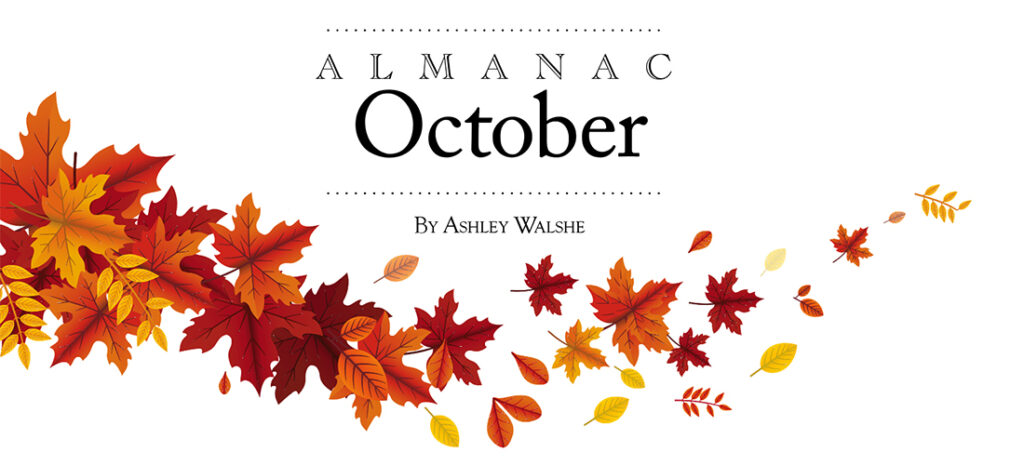
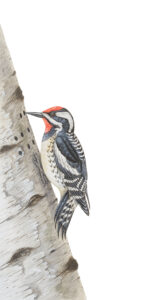 O
O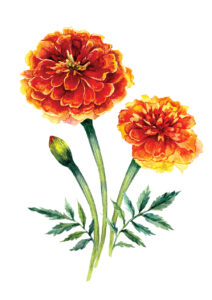 There is a far sweet song in autumn
There is a far sweet song in autumn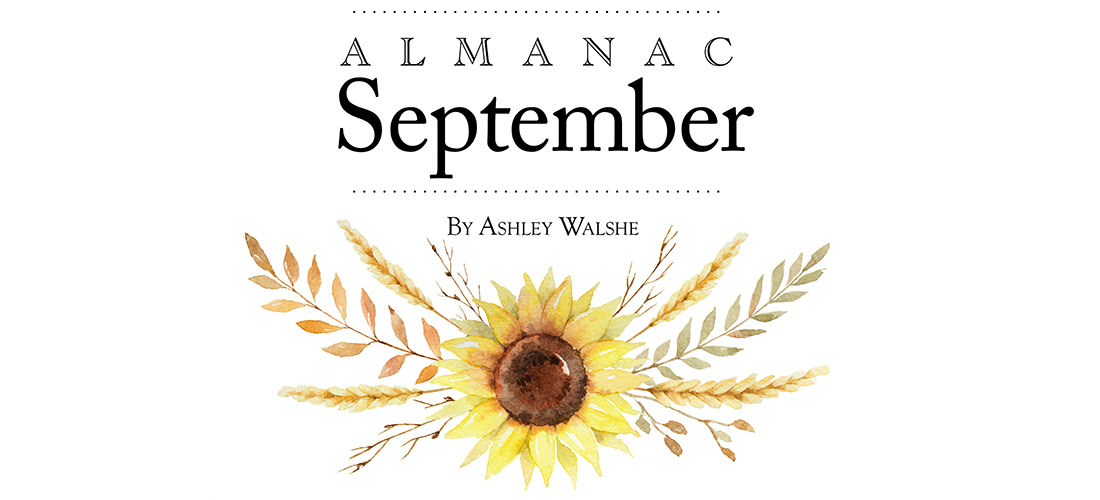
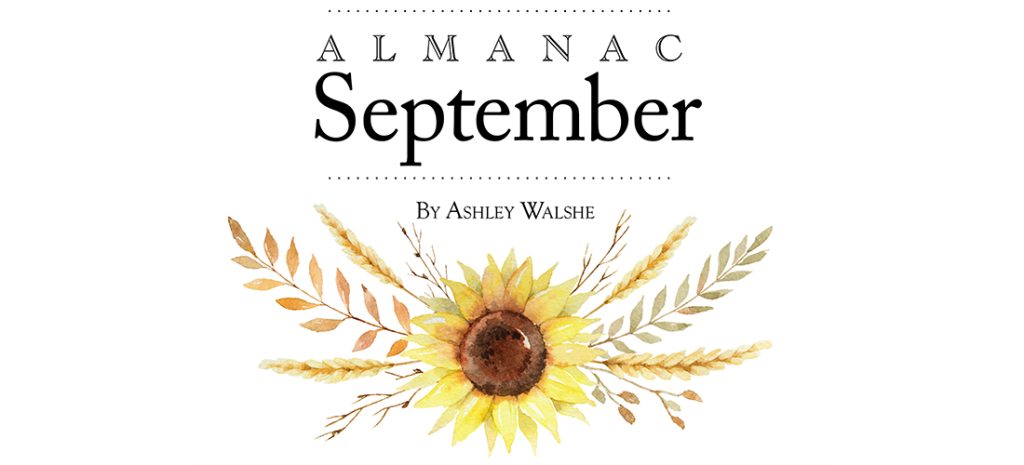
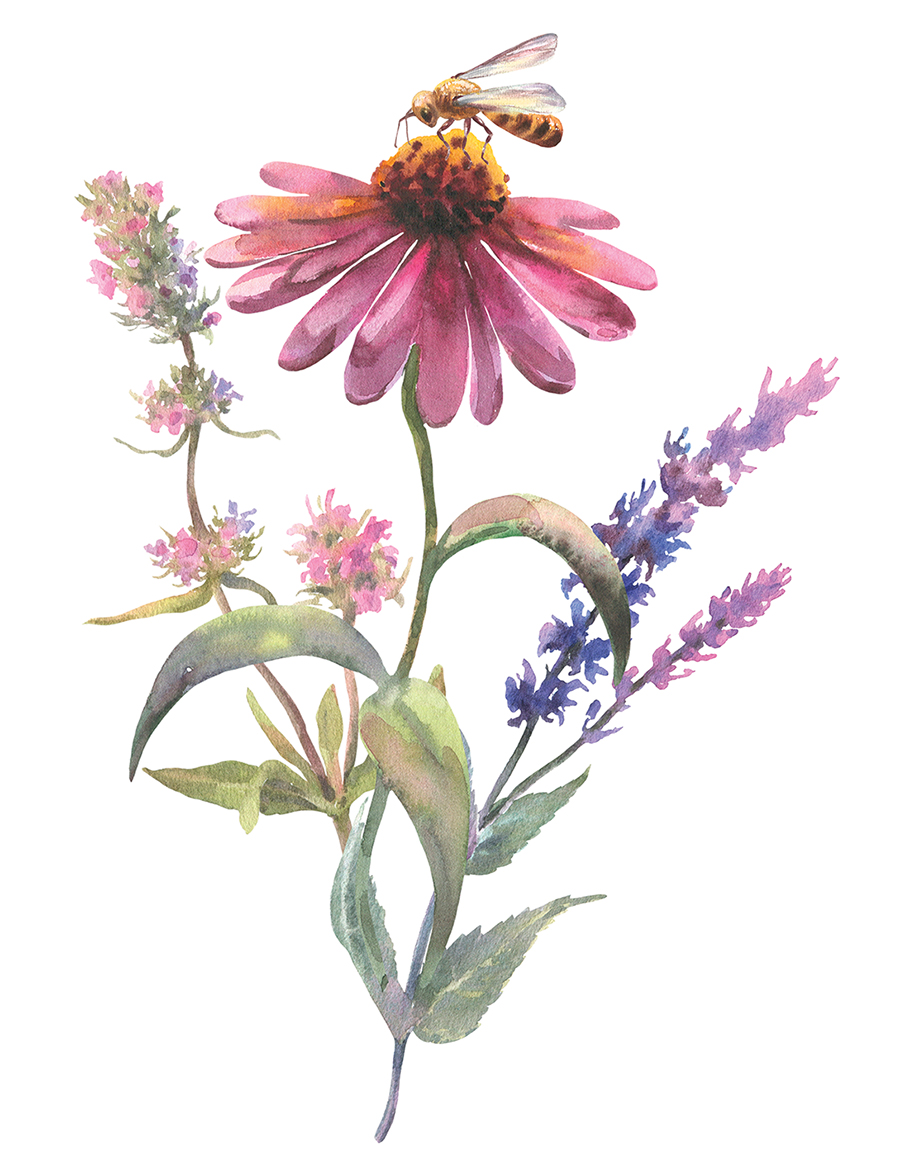

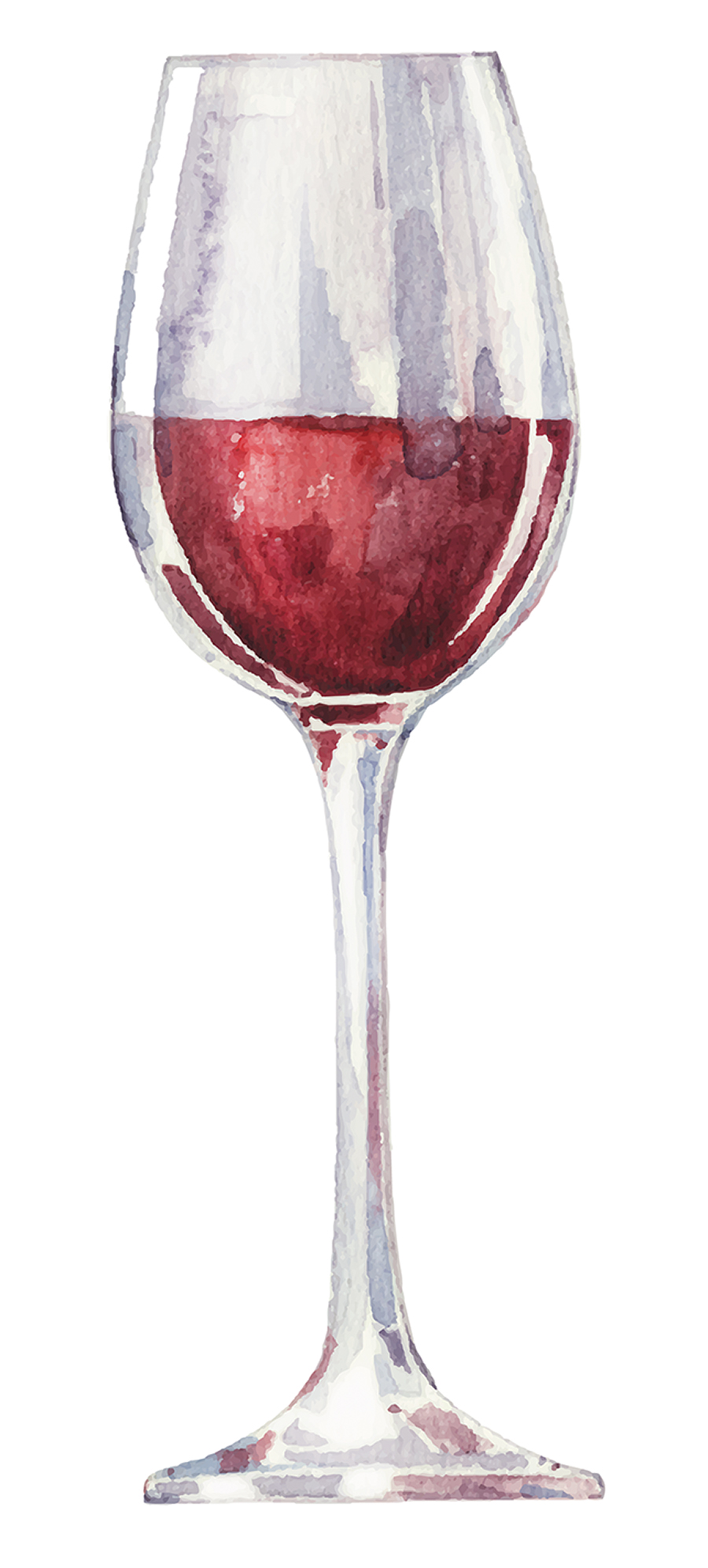 Muscadine season is here at last.
Muscadine season is here at last.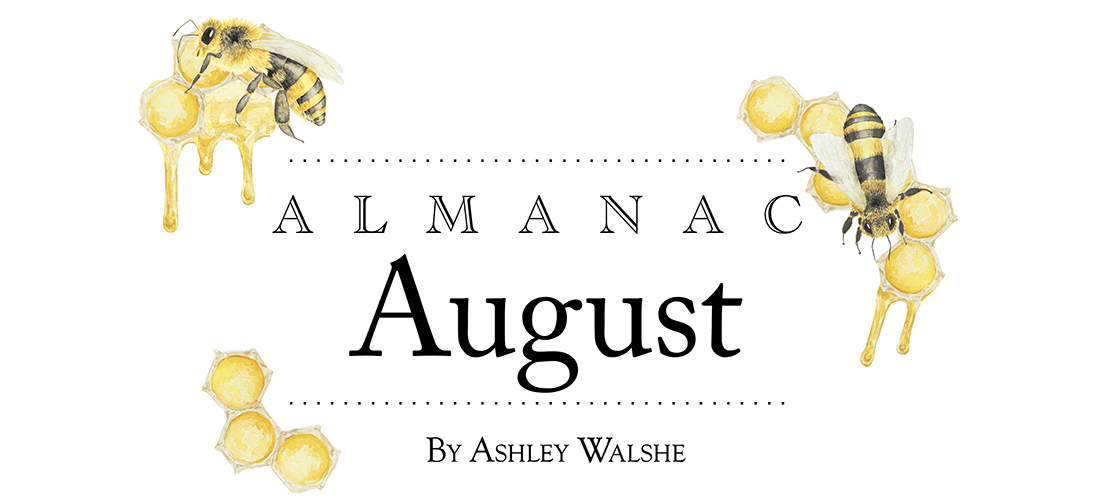
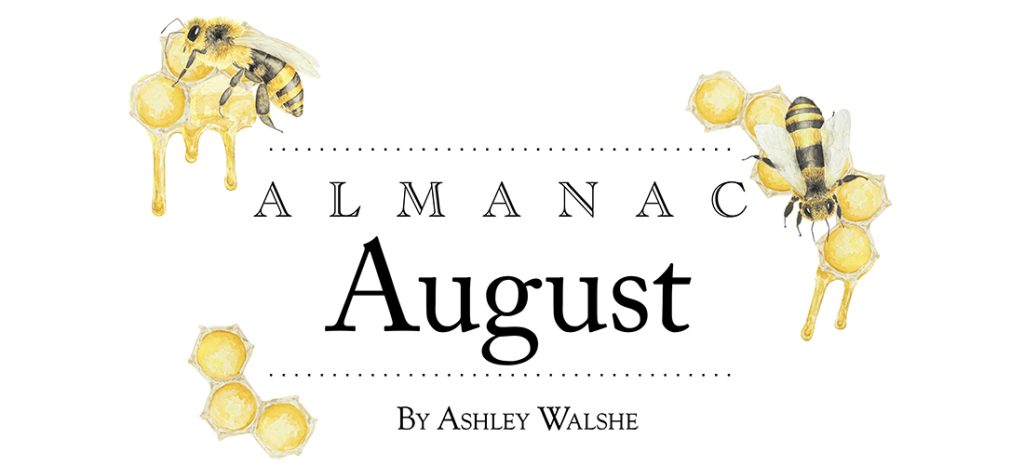
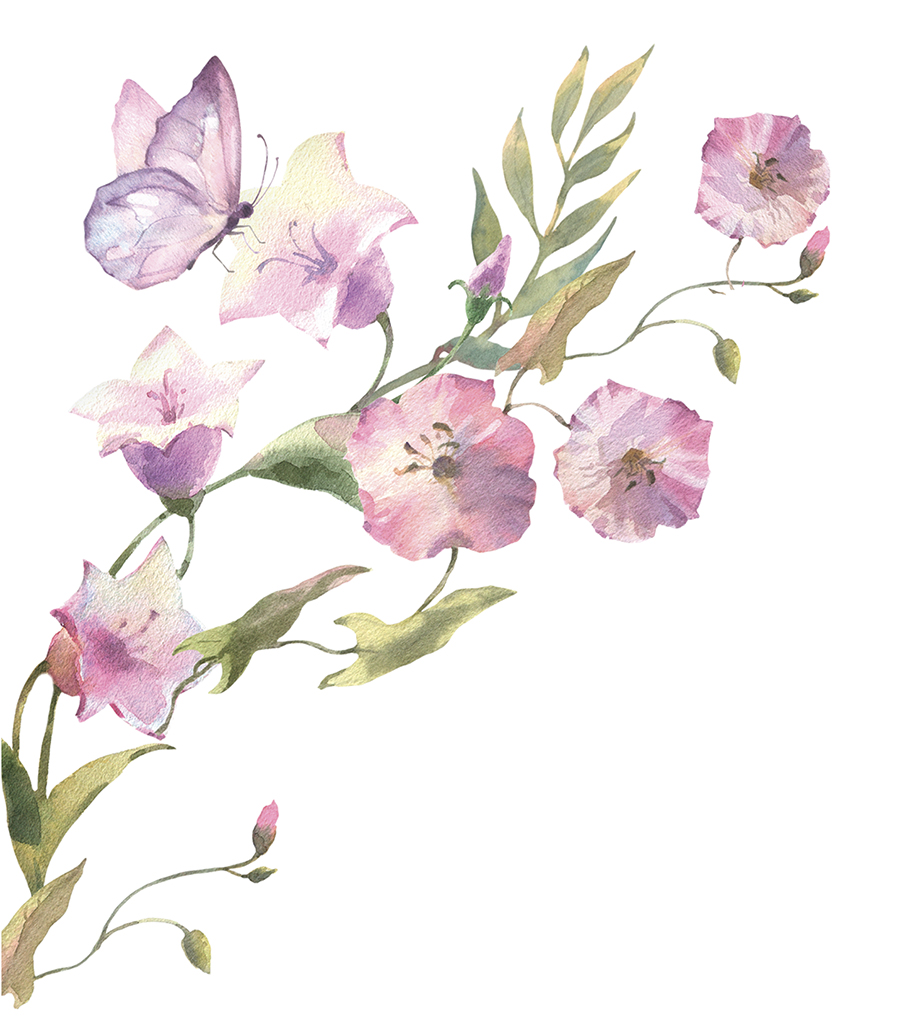 A
A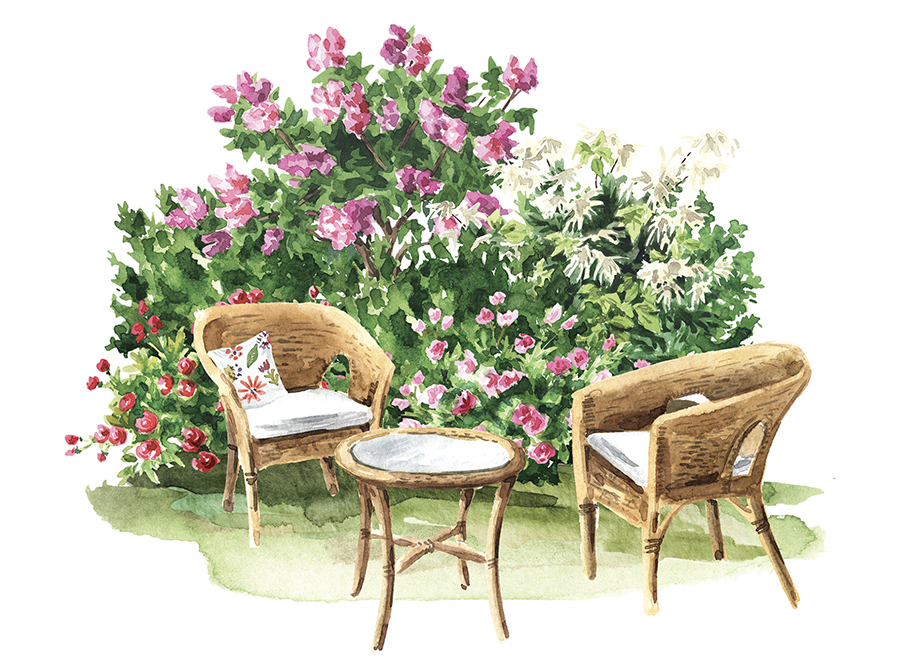
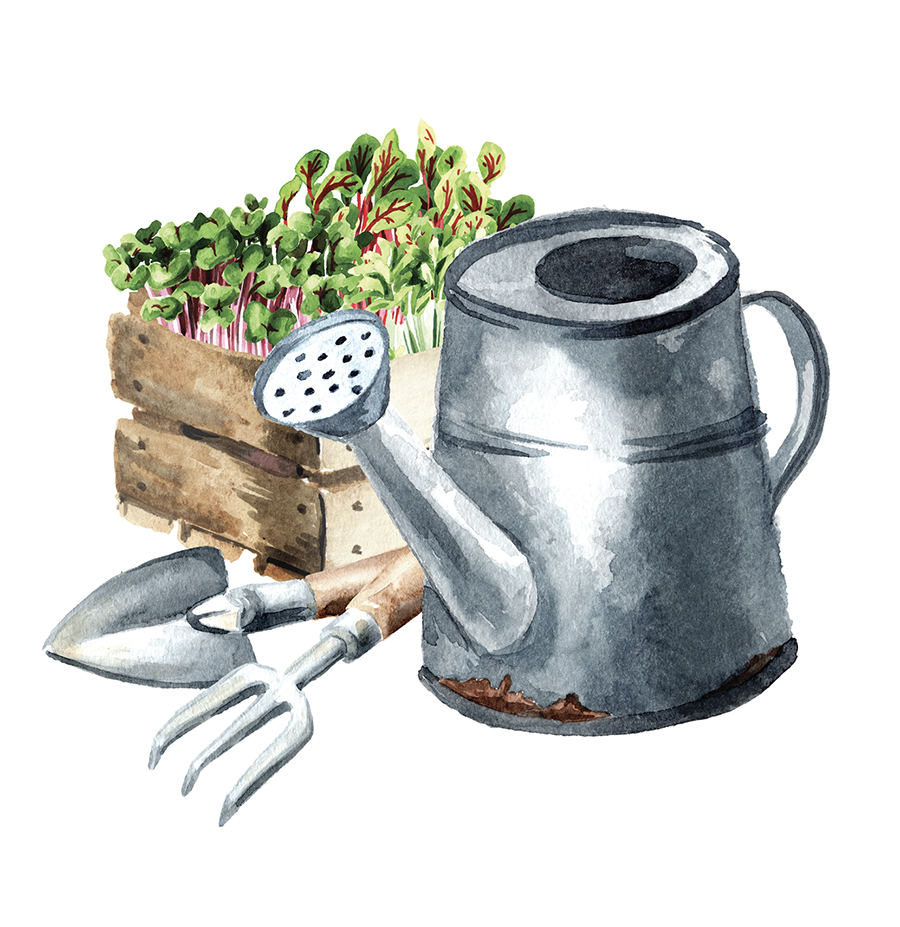
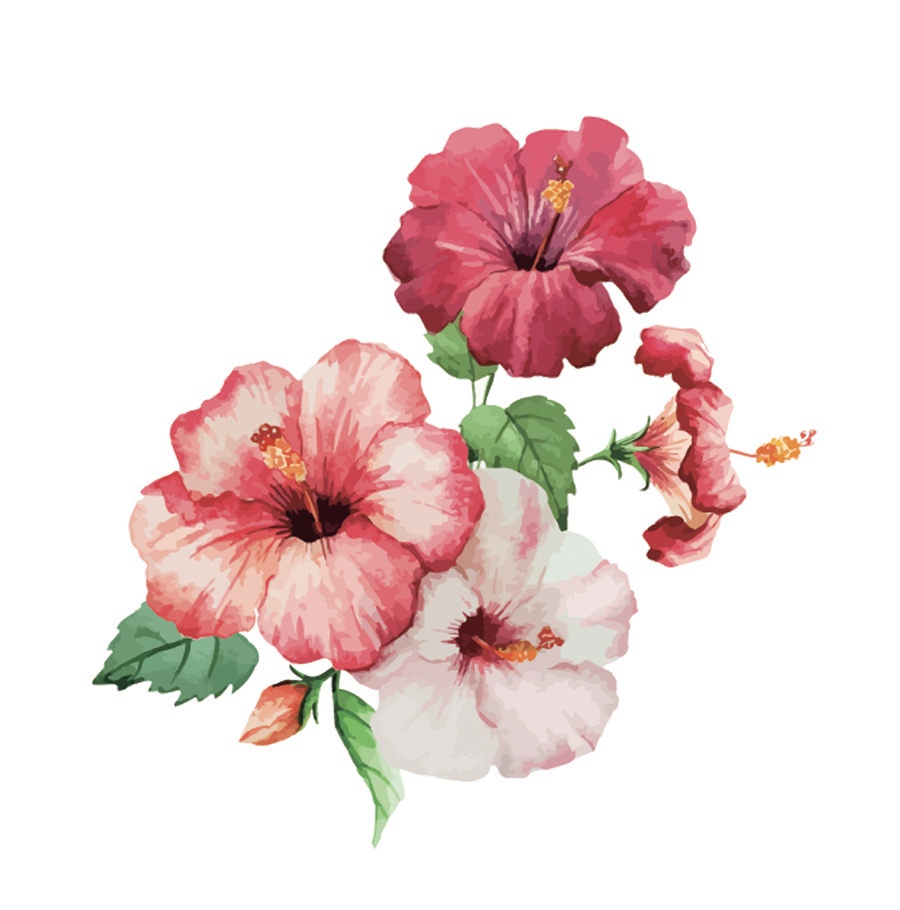 Among the native wildflowers sure to dazzle pollinators and nature lovers alike, behold the blooming swamp rose mallow (Hibiscus moscheutos), found thriving in moist soil and full sun, especially alongside creeks and ponds. Irresistible to bees, butterflies and hummingbirds, this showy perennial is known for its sizable pink and white flowers. Fragrant and funnel-shaped, these five-petaled wonders open at night, revealing a vibrant red or purple center with a riot of yellow stamens. Long bloom this late summer beauty!
Among the native wildflowers sure to dazzle pollinators and nature lovers alike, behold the blooming swamp rose mallow (Hibiscus moscheutos), found thriving in moist soil and full sun, especially alongside creeks and ponds. Irresistible to bees, butterflies and hummingbirds, this showy perennial is known for its sizable pink and white flowers. Fragrant and funnel-shaped, these five-petaled wonders open at night, revealing a vibrant red or purple center with a riot of yellow stamens. Long bloom this late summer beauty! 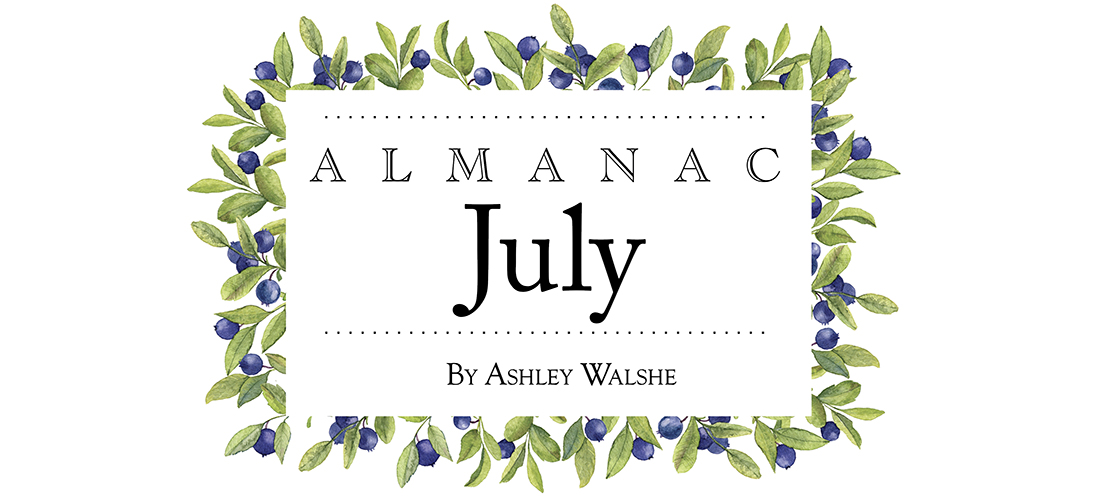
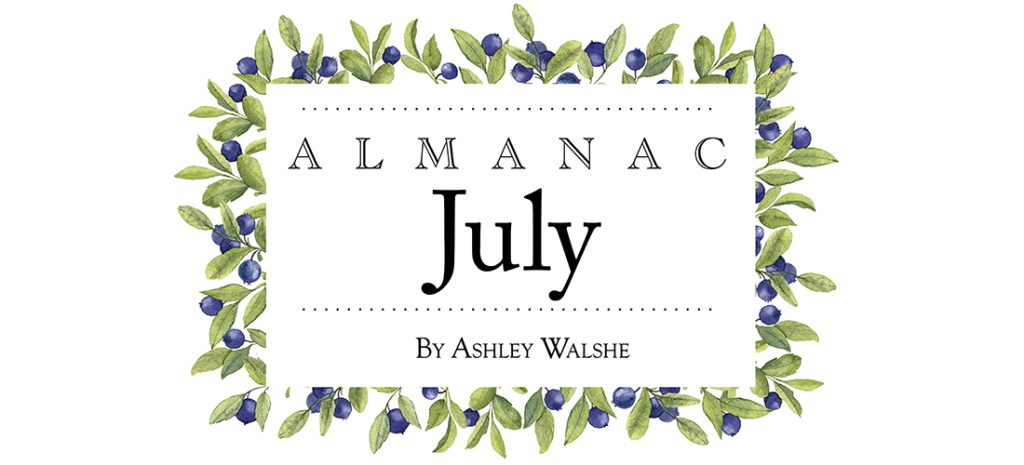
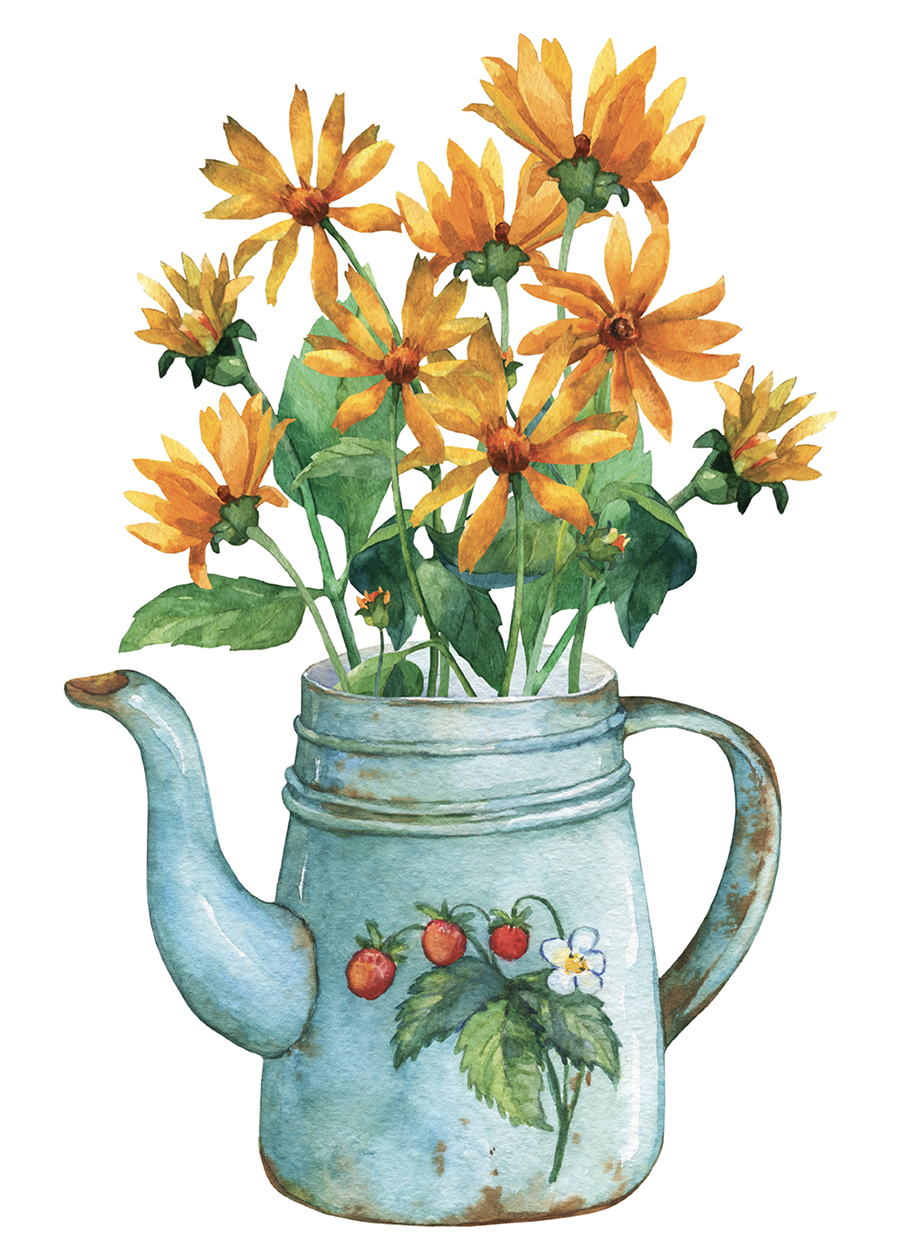 J
J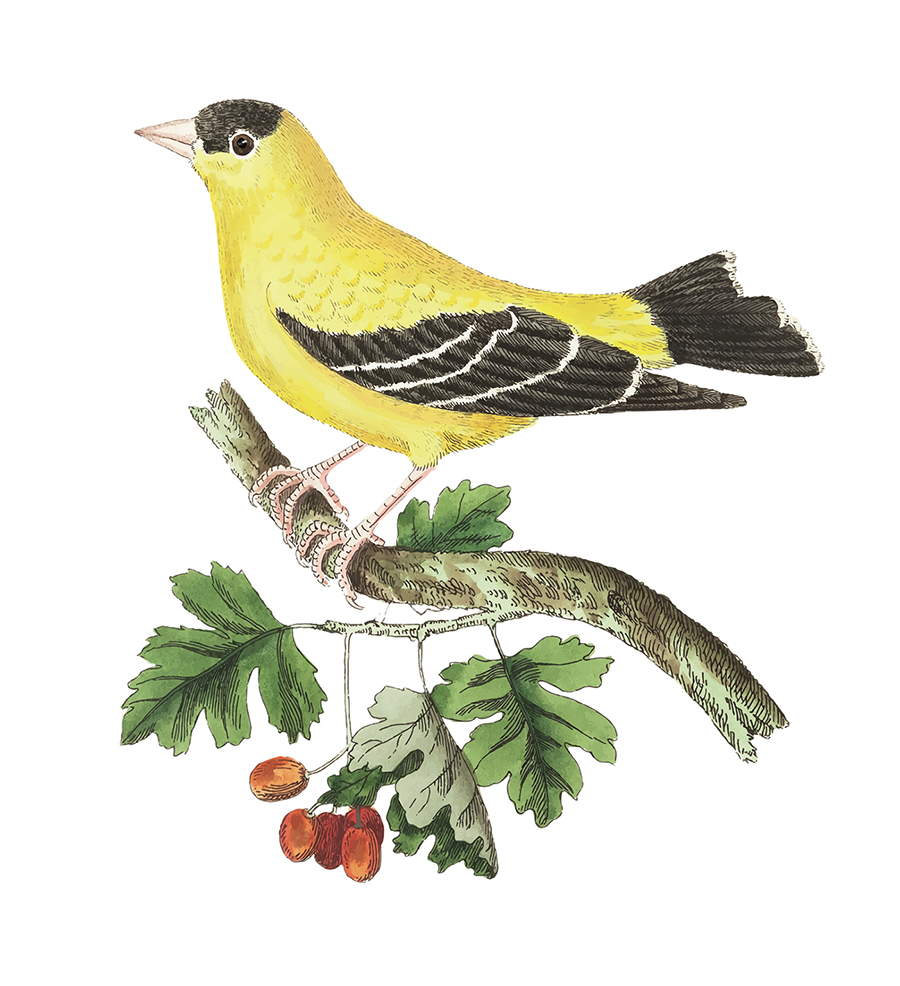
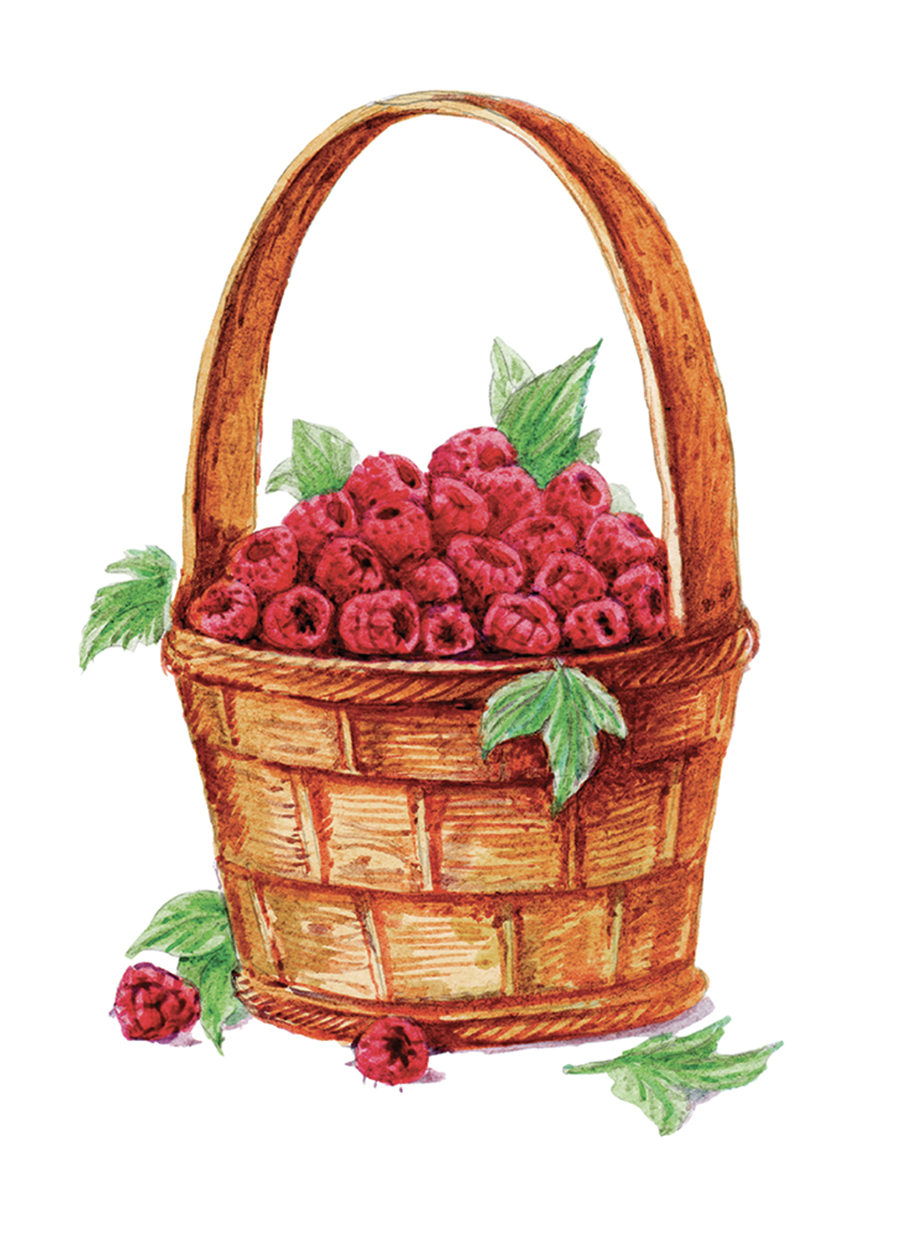
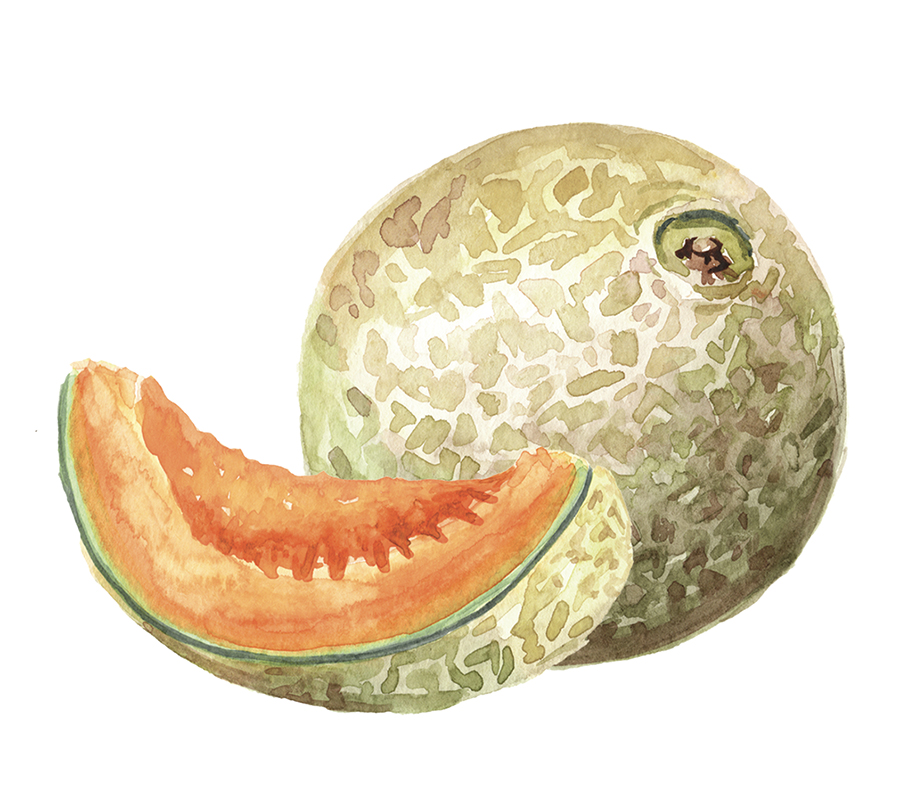 In the Garden
In the Garden